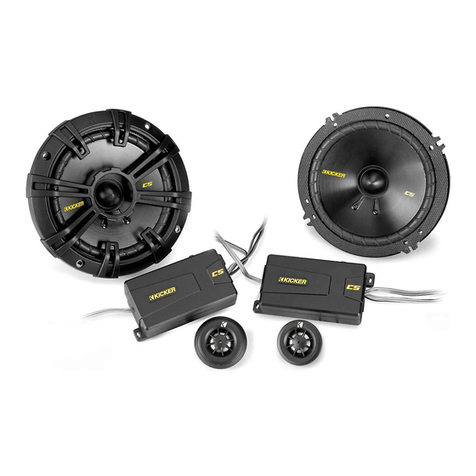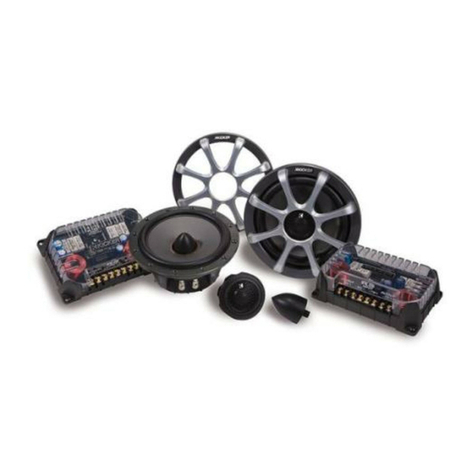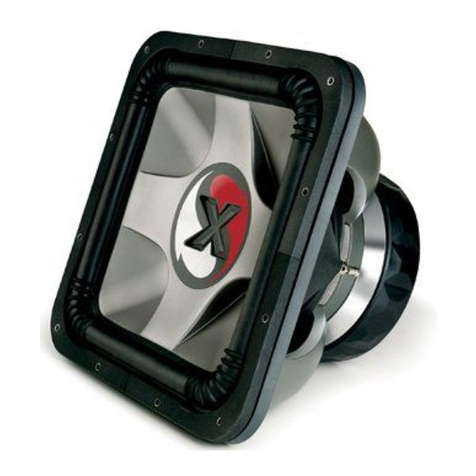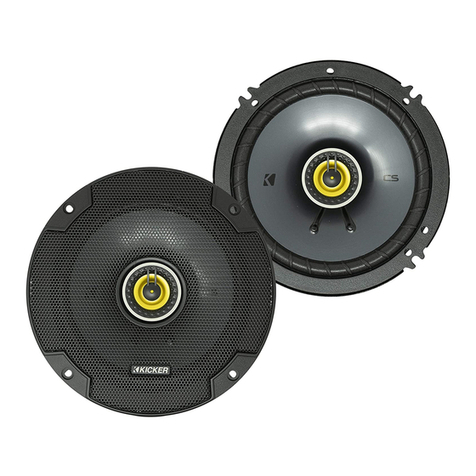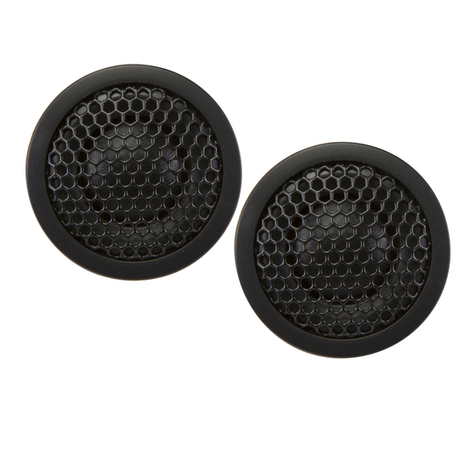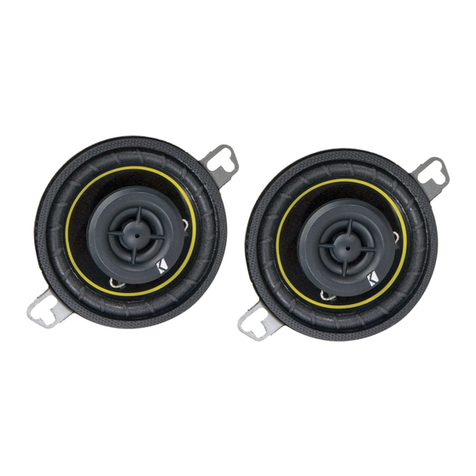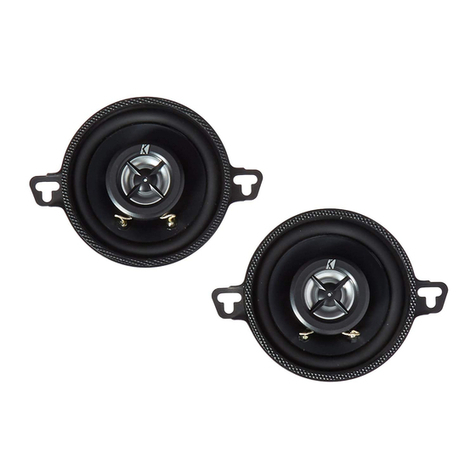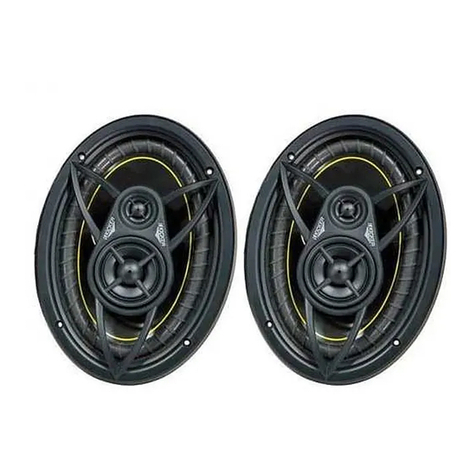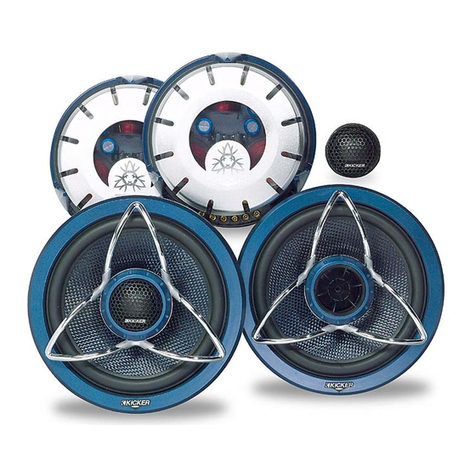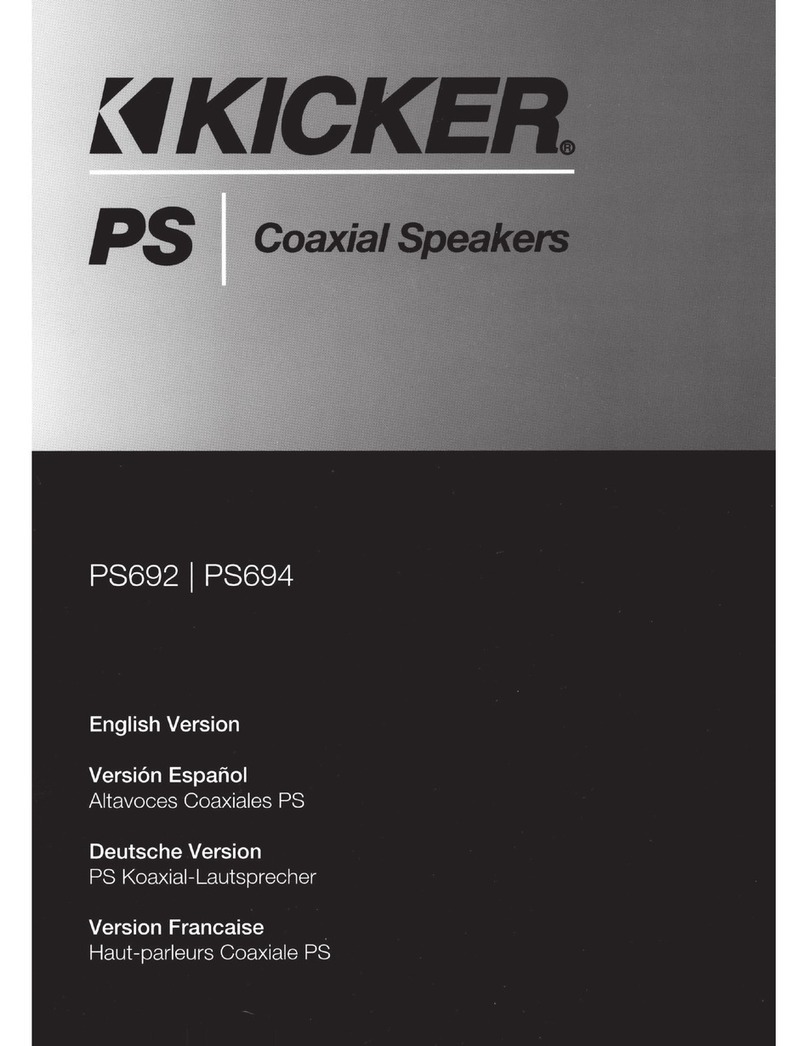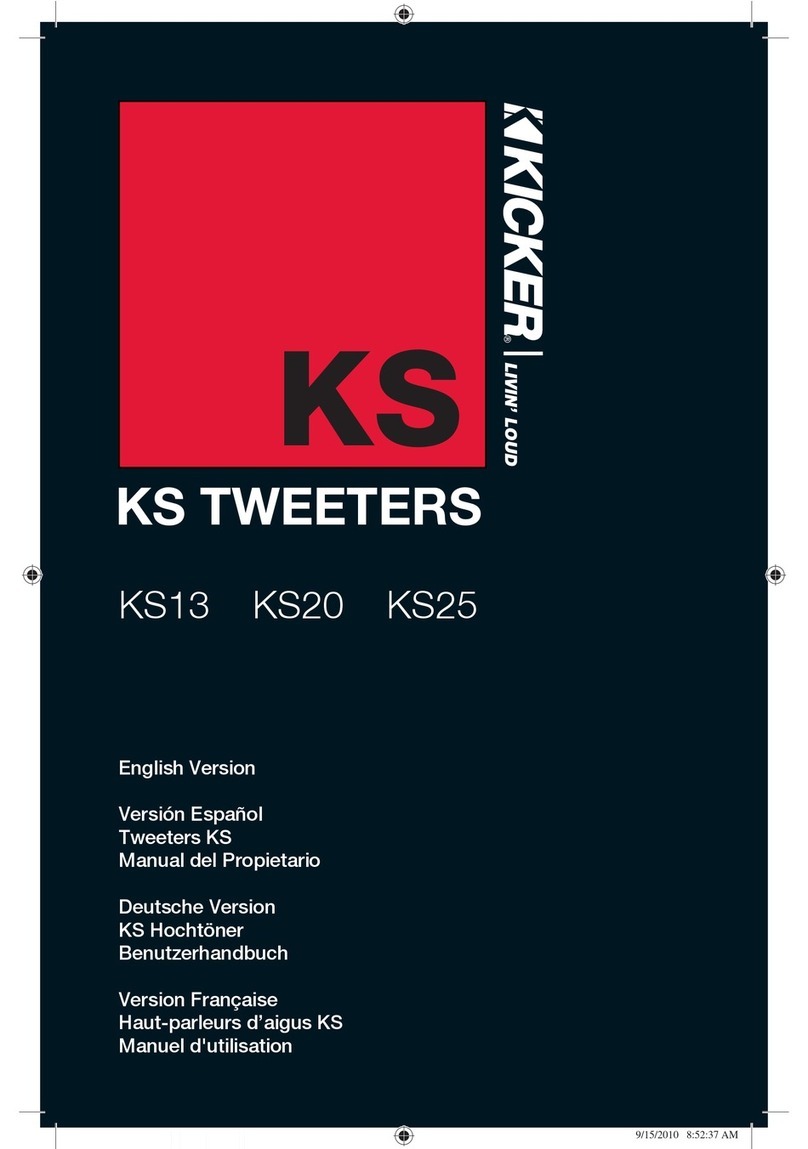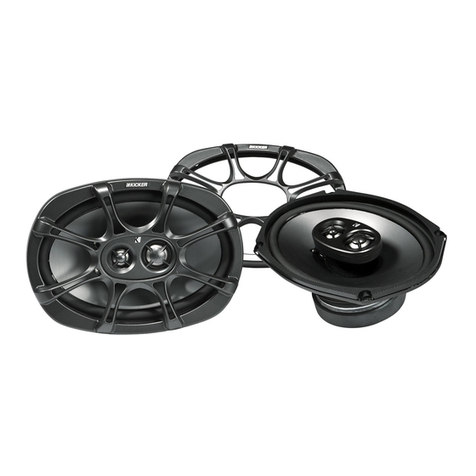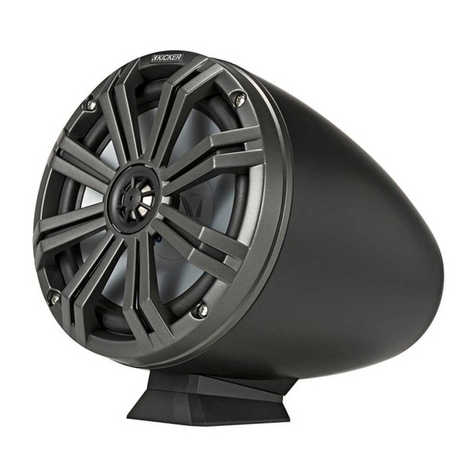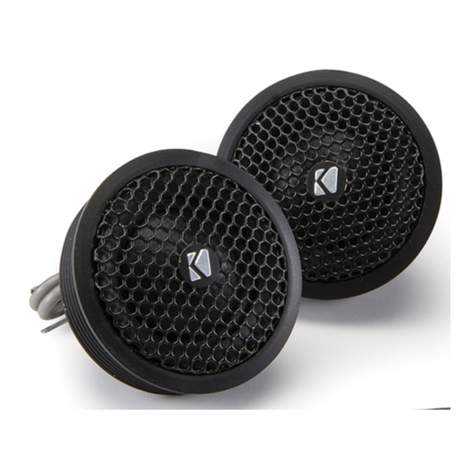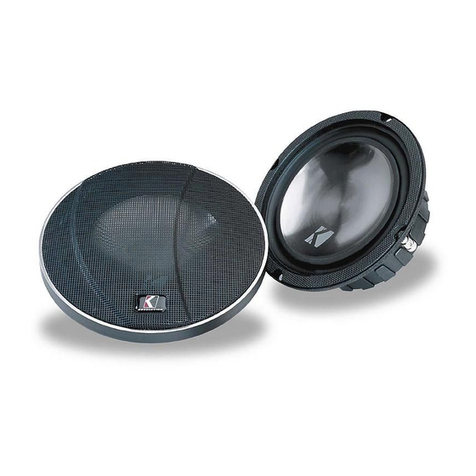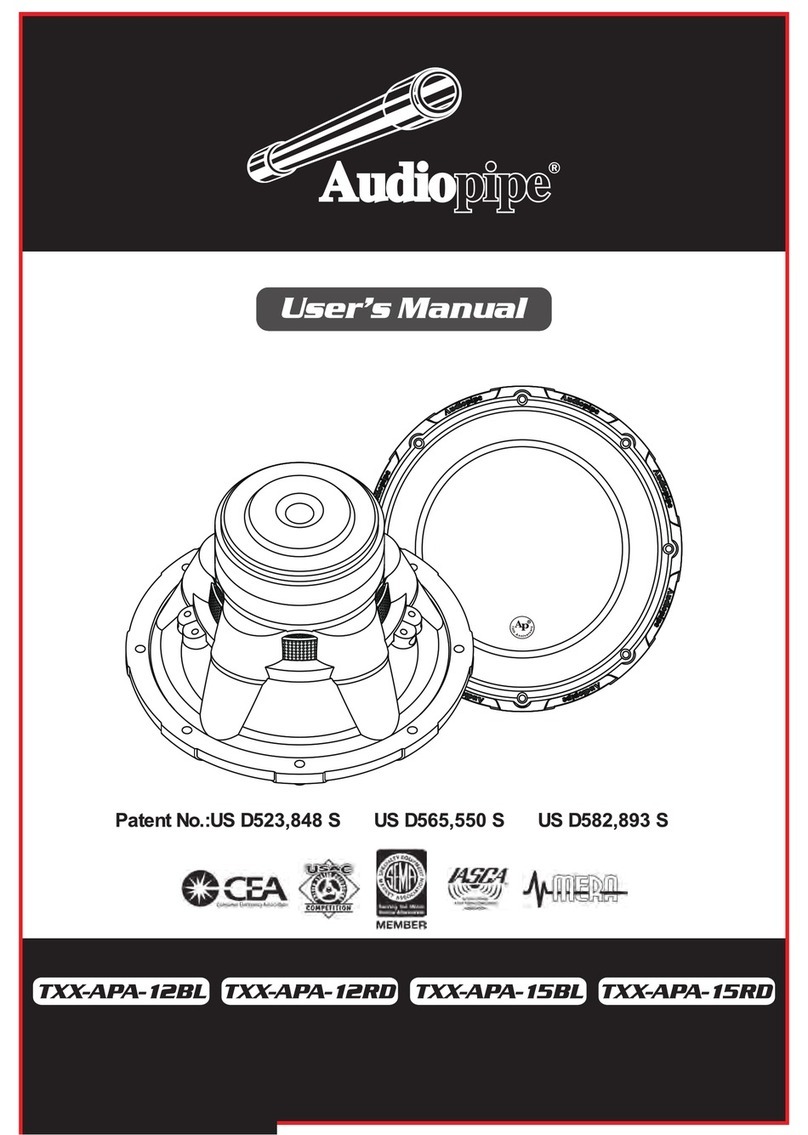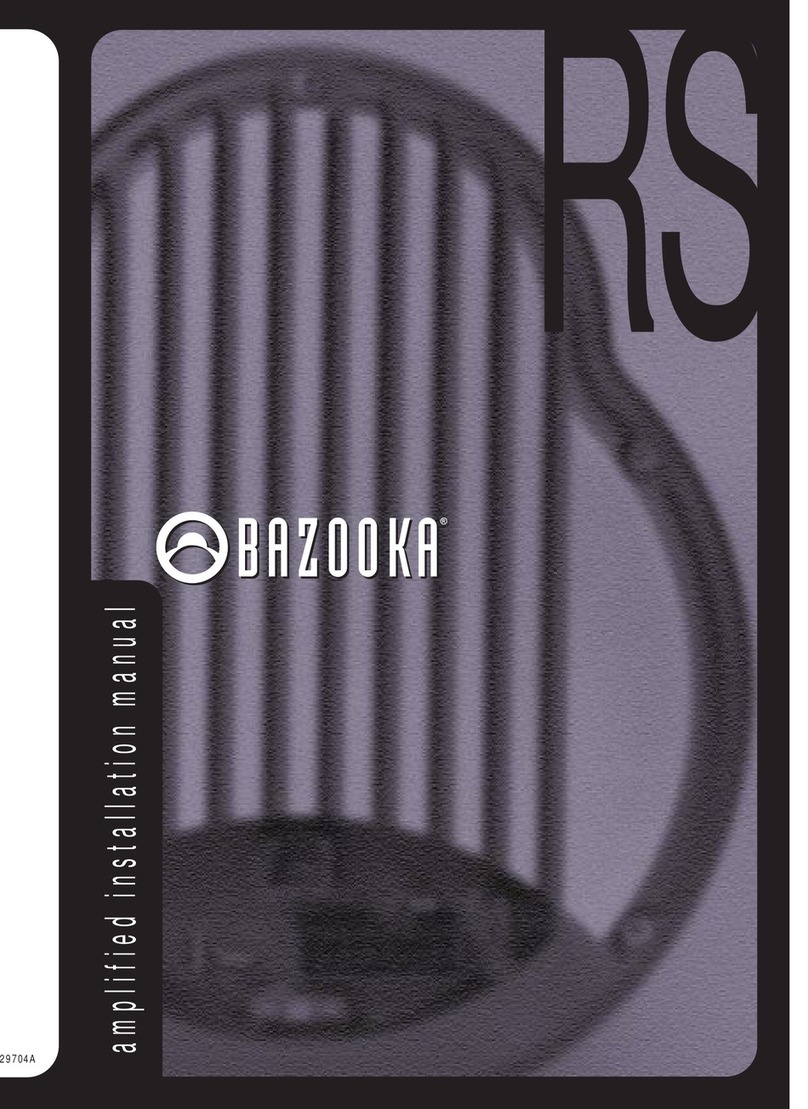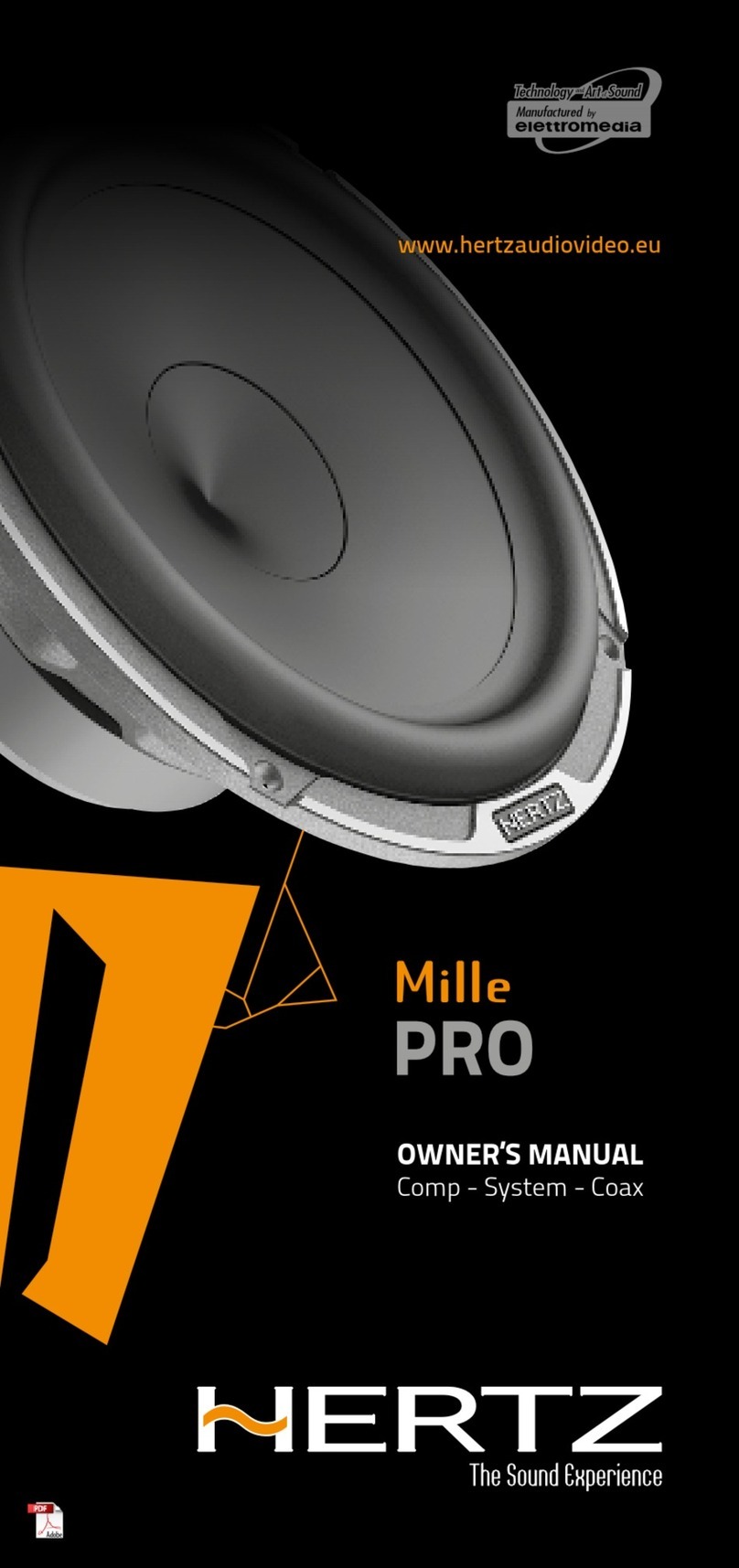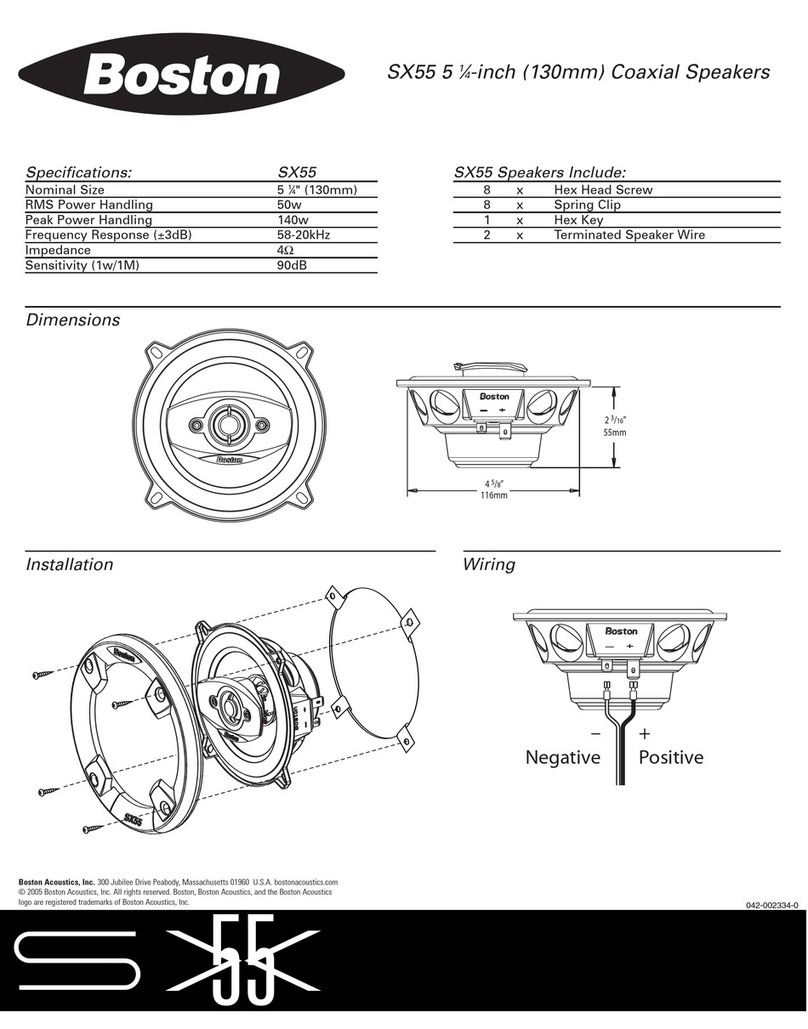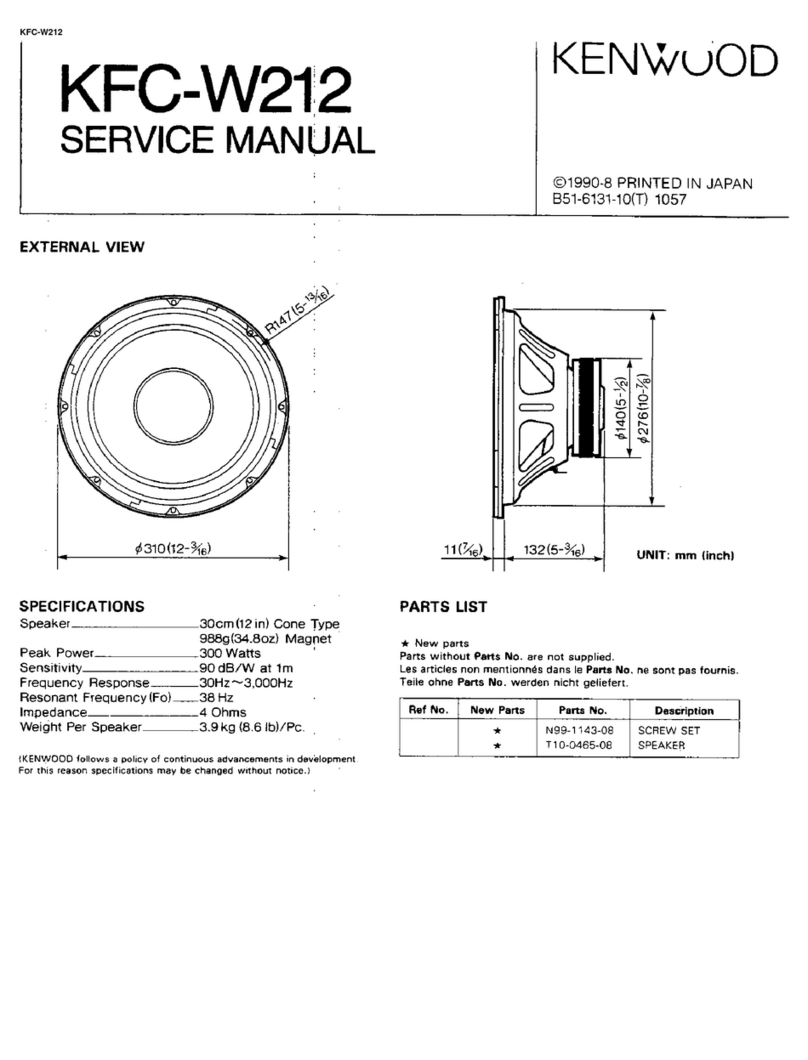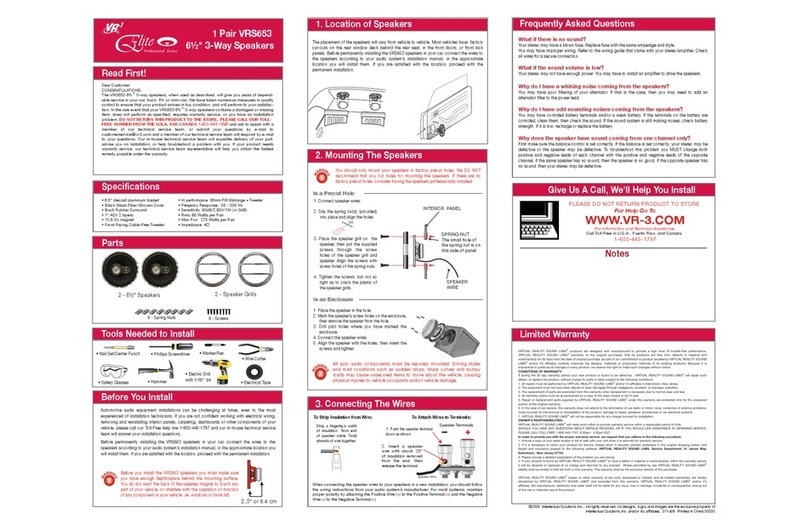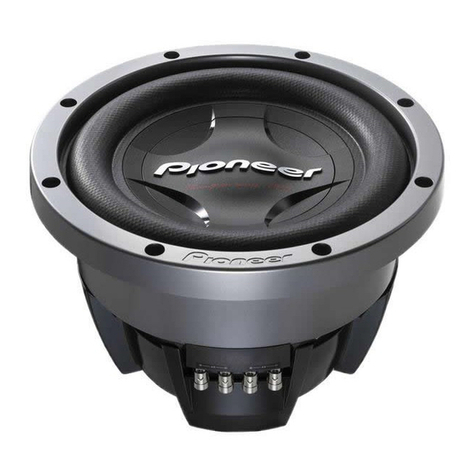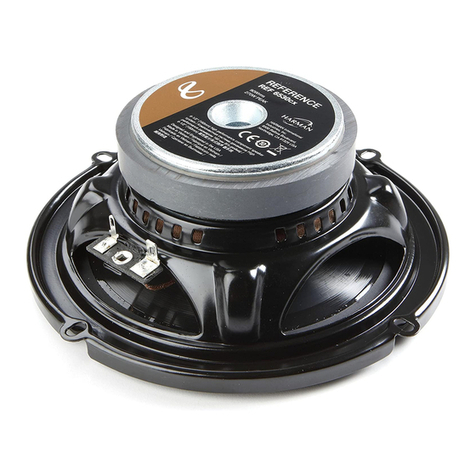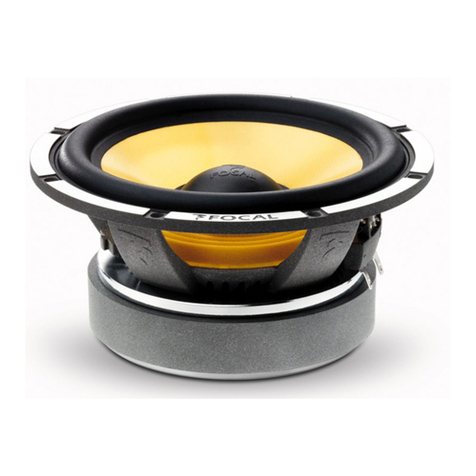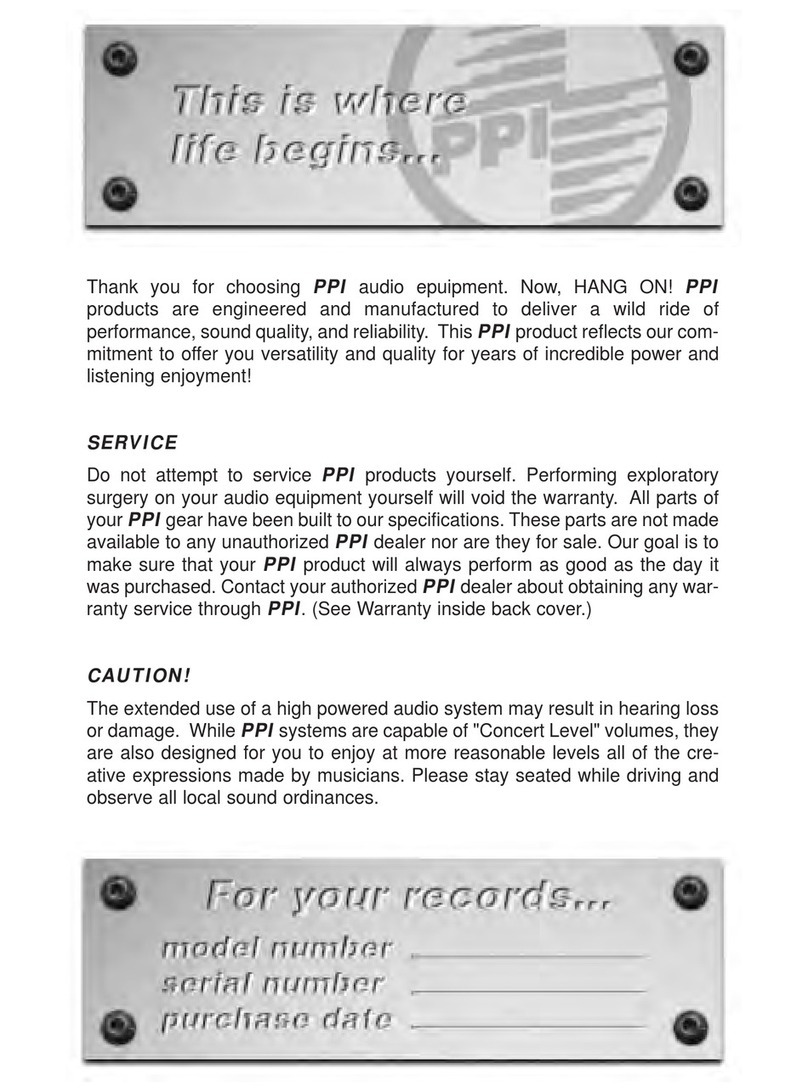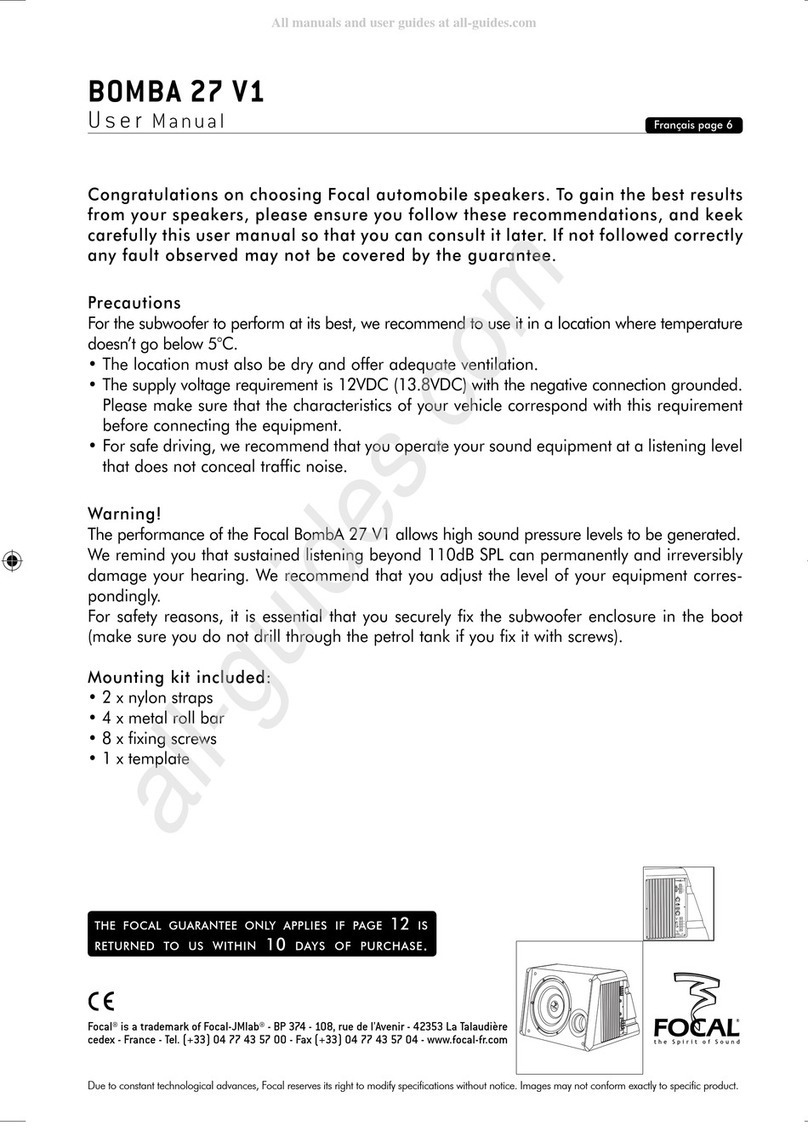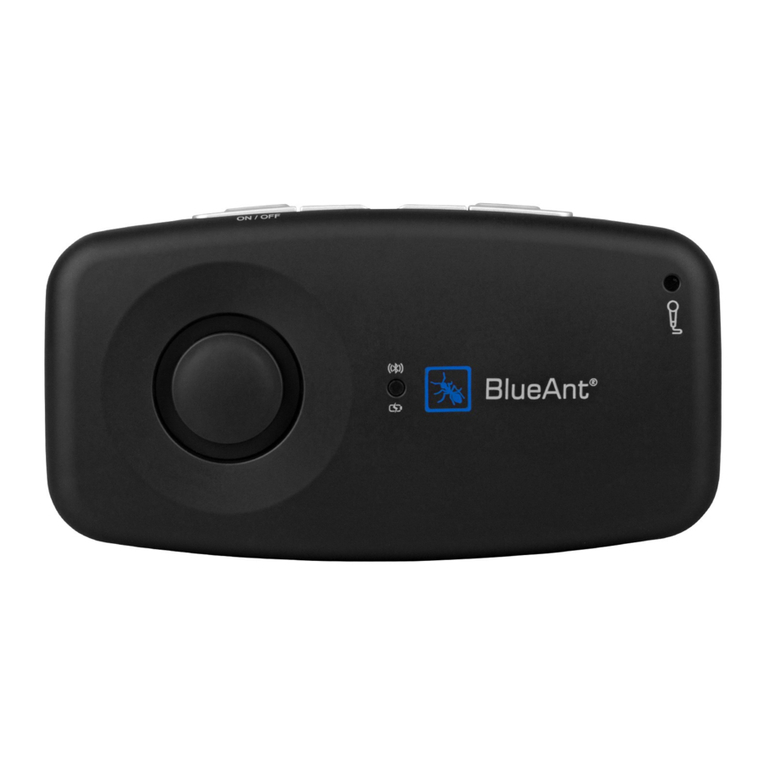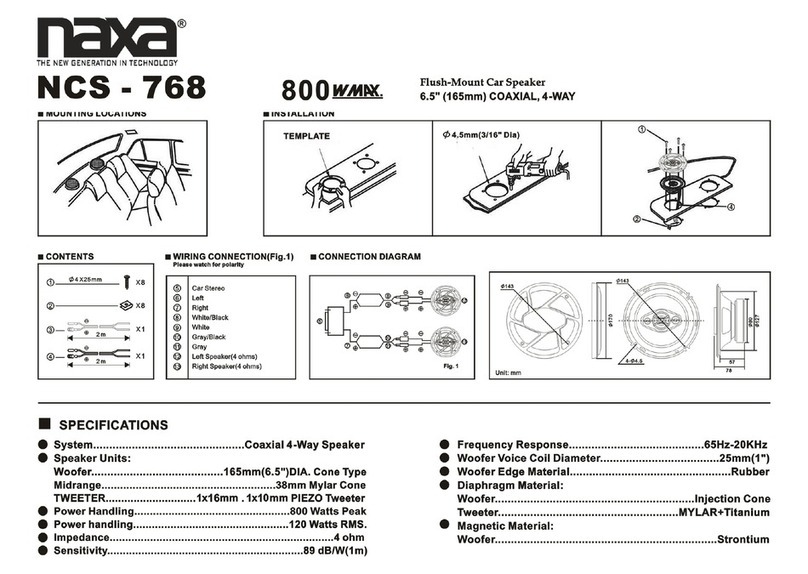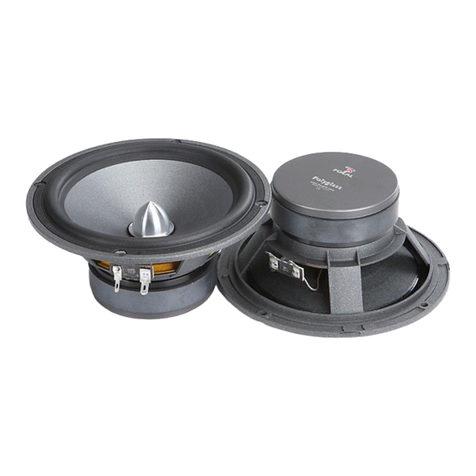
2
QSS COMPONENT SYSTEM
Owner’s Manual
The KICKER QSS-series component systems offer unmatched audio fidelity for vehicle applications. Whether you’re
configuring the ultimate multi-speaker and subwoofer surround system or simply upgrading from dull, lifeless factory
speakers, the QSS component systems deliver the most pleasing full-range sound on the market today! Key features of
our highest-end component systems include:
Authorized KICKER Dealer:
Purchase Date:
Speaker Serial Number:
Model QSS65 QSS67
Woofer [in, mm] 6-1/2, 160 6-3/4, 165
Tweeter [in,mm] 1-3/16, 30 1-3/16, 30
Dome Material Tetoron® Tetoron®
Rated Impedance [Ω] 4 4
Peak Power Handling [ Watts] 180 200
Continuous Power Handling [Watts RMS] 90 100
Sensitivity [1W, 1m] 86dB 87dB
Frequency Response [Hz] 50–22k 40–22k
Woofer Mounting Hole Diameter [in, mm] 5-1/16, 129 5-7/16, 138
Woofer Bottom Mount Depth [in, mm] 2.5, 63.5 2.5, 63.5
Flush Mount Tweeter Hole Diameter [in,mm] 1-13/16, 46 1-13/16, 46
Flush Mount Tweeter Depth [in,mm] 1-1/8, 29 1-1/8, 29
High Pass [dB], at Frequency [Hz] 24, 2800 24, 2800
Low Pass [dB], at Frequency [Hz] 12, 2800 12, 2800
High Frequency Output Attenuation [dB] 0, +3, +6 0, +3, +6
MODELS: QSS65 / QSS67
Crossover Woofer Tweeter
Zobel Impedance correction to flatten
impedance network
Revolutionary surround design maximizes
cone area, maintains standard cutout size
Pressed polyfil inserted behind the
dome for acoustic dampening
Mylar capacitors and audiophile-grade air core
inductors
Copper shorting ring on the pole piece to
reduce distortion
Dual Neodymium magnets with
tuning vent
Bi-amplification capable Polished back plate Dupont Tetoron composite dome
Asymmetrical circuit design Tri-tech cone design Open wire mesh-grill
Brushed aluminum base heat sink Aluminum phase plug Sealed and tuned chamber
Balanced tweeter attenuation Copper-clad aluminum coil wire Copper-clad aluminum coil wire
Heatsinked resistors for increased power-
handling
Ultra-durable Spiral Tinsel leads, woven
through the duo-wave spider
Acoustic cavity coupled to magnet
reduces internal reflections
Dedicated attenuation jumpers (0, +3 or +6
dB) for a clean connection with less resistance
Strongest available cast aluminum basket,
increasing magnetism
Enclosure volume allows for
lower frequencies, better off-axis
response
Illuminated tweeter protection Nickel-plated, spring-loaded terminals Extended Tweeter post
PERFORMANCE
2014 QSS Multilingual Rev C.indd 22014 QSS Multilingual Rev C.indd 2 9/24/2013 2:31:57 PM9/24/2013 2:31:57 PM
